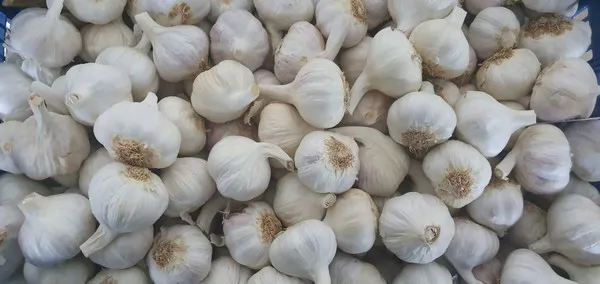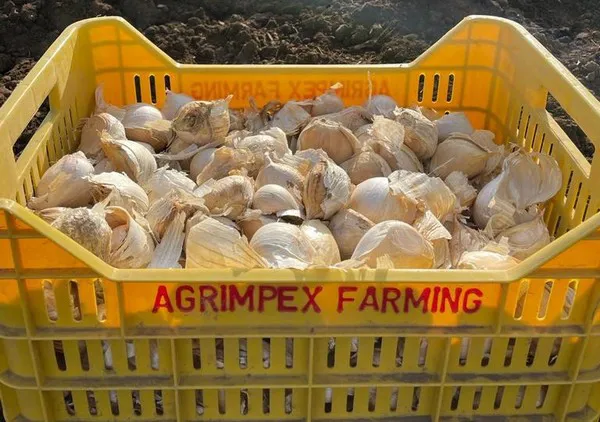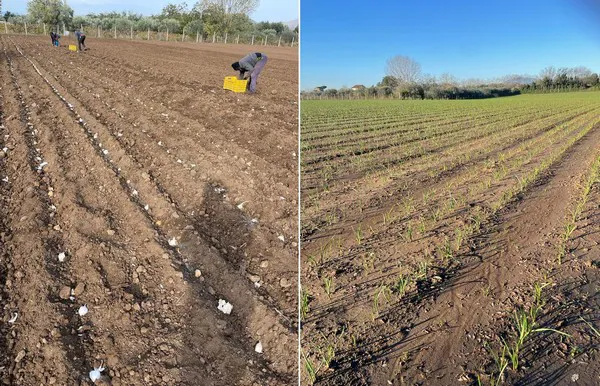The situation in the international garlic market is strongly influenced by two main factors and these have affected prices and trade flows.
 Photo: Agrimpex Farming
Photo: Agrimpex Farming
"The influence on prices is due to the position of Brazil. This country, which used to be a major importer of garlic has now become a production country, which has effectively cut out imports from countries such as China, Spain and Argentina. Spain and China still have large quantities of garlic in storage and I doubt they can be placed before the new spring/summer harvest," said Antonio Tuccillo, director of Agrimpex Farming.
"The second factor concerns sea freight rates, which have reached prohibitive levels. This is because the cost of transportation is almost higher than the value of the garlic itself transported from China to European ports. This leads to a distortion of market values that in many cases has served to block deliveries from China in favor of more competitive deliveries from Spain."
China Another distorting factor in China is the large amount of speculation in the market, which Tuccillo sees as significantly distorting price trends. "Prices are no longer a result of the relationship between supply and demand, but are interfered by the interplay of capital."
 Photo: Agrimpex Farming
Photo: Agrimpex Farming
Latin America South America is not affected for the time being, as much is exported to the United States from there. "Argentina will have to cope with Brazil's declining import capacity and Peru's new sales potential. This country is on the rise when it comes to cultivation and exports, thanks in part to the different production periods, coupled with the climate, which allow for greater production in a year," Tuccillo continued.
Europe "Prices in Europe are around €2.00 per kilo, and with some effort, it is possible to obtain something more. This is therefore a sad outlook, also because the sowing that has taken place in Europe from September until now involved a similar area to that of last year. If the weather is good, this bodes well for a bountiful harvest, while last season's stocks are still unsold."
 On the left: sowing in October 2021. On the right: garlic cultivation in region Campania season 2021/2022. Photo: Agrimpex Farming
On the left: sowing in October 2021. On the right: garlic cultivation in region Campania season 2021/2022. Photo: Agrimpex Farming
Finally, it should be taken into account that within 3-4 weeks the first fresh, well-ripened garlic could be imported from Egypt. "This situation could further reduce prices, which are already quite low, and not compensate the grower in a satisfactory way."
"We are looking forward to better times," concluded Tuccillo.
